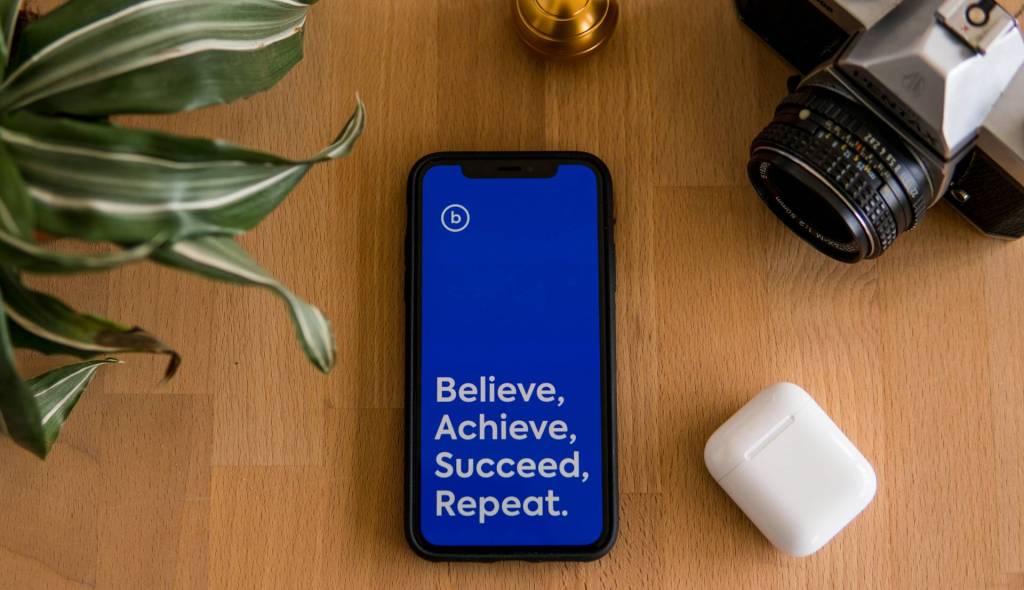Recently, I had the privilege of speaking with Dr. Marcia Reynolds, author of the new book, The Discomfort Zone: How Leaders Turn Difficult Conversations Into Breakthroughs (Berrett-Koehler Publishers, October 2014). Dr. Reynolds works with clients around the world who seek to develop effective leaders, and understands organizational cultures, what blocks communication and innovation, and what is needed to bring people together for better results. We discussed her new book as well as how people can overcome these mental blocks to drive real, meaningful communication in their organizations.
Why do employers struggle to have difficult conversations with employees?
Our brains have automatic defense mechanisms that are naturally on alert at all times, especially when it comes to interactions with another human. We would rather do difficult tasks than have difficult conversations. There are too many things that could go wrong that is beyond our control. If we think a conversation will be difficult, we concoct visions of the worst case scenario where the person gets emotional and judges our leadership to be inferior. Therefore, we avoid difficult conversations believing they will come to no good.
Vincent Van Gogh said, “Let’s not forget that the little emotions are the great captains of our lives and we obey them without realizing it.” When I coach leaders, they often had not thought through the reasons they avoid any particular conversations. Yet talking about their avoidance helps them realize their excuses have no substance and having the difficult conversation will make them a stronger leader. They gain control instead of losing it.
What are the top mental barriers people must overcome in order to succeed in their careers?
1. They have to know all the answers. In today’s complex and quickly changing world, there is no way anyone can have the answers to every problem, but most people feel they need to, especially top performers. They then become sensitive to criticism and refuse to take risks where they might fail. They also have trouble delegating to others where they have to embrace the unknown and trust people. This stunts their growth as a leader.
2. They don’t develop and use their self-awareness. Without this, they make decisions based on emotions and quickly justify them with logic. This also leads to a person not being aware of the impact they have on others, especially when their words or actions have a negative effect.
3. They get stuck doing what they are good at. The more experienced professional often fall into ruts where they don’t try new things and don’t accept the new ideas of others to protect what they have created for themselves. Even people who were once very innovative and enjoyed trying out new things get stale over the years. They unconsciously fear they have more and more to lose without recognizing how much they can gain with an open mind.
What are some strategies for overcoming these obstacles?
1. Let go of knowing. Leaders have to learn to be comfortable with making decisions with what they know and let go of having to know everything before they move forward. They also need to let go of knowing what others are going to say and do in their conversations. If they think they already know what is on someone’s mind, they won’t be curious enough to hear beyond the words to decipher what the person really needs and fears. The leader has to be curious, being sincerely interested about others’ experiences and ideas.
2. Learn how to recognize when a distracting emotion emerges. When situations and conversations begin to feel risky, messy, or emotionally unstable, leaders need to notice when their bodies tense up or their breathing shortens, so they can release the tension and return to being present. Then they should develop their emotional intelligence so they become better at witnessing how their thoughts and emotional processes are affecting their choices, statements, and behaviors. They learn how assign meaning to events. They catch the judgments they are making about people. They see how they are rationalizing their decisions or inability to decide. A coach can help them develop this awareness.
3. Exercise the mind to stay agile and accepting of fear. They should try new things weekly if not daily. This could mean driving a different way to work as well as listening and trying out some of the ideas their employees offer them. They should travel to new places on their vacations, especially locales where the cultures are very different from theirs. They also need to find lessons in their mistakes so they see them as opportunities for growth instead of failures. The most successful people have failed many times.
How can employers initiate difficult conversations without damaging the relationship with their employees?
1. First, to build trust, the person must feel the leader’s goals and desires are in his or her best interest throughout the conversation and beyond. The leader must enter the conversation with the purpose of helping the person discover solutions so she grows in the process. The purpose is not to fix her problems or to make her into being someone else. The person is not a means to an end for the leader; the person’s development is the end goal.
2. Before meeting with the person, the leaders should set an emotional intention for the conversation. What does the leader want the person to feel—inspired, hopeful, or courageous? The leader must consciously choose to feel this emotion at the beginning and during the conversations. If the leader is angry or disappointed with the person from the beginning, the person will never open up. The leader sets and maintains the emotional tone. Therefore, the leader also has to be careful not to lose his or her emotional grounding. If the leader feels the conversations will get uncomfortable, a good technique is to choose one emotion and use this as an anchor. If something is unnerving, the leader should say this word quietly to him or herself to shift back to the feeling. Some good words to use are “calm,” “courageous,” or “patient” to stay open while listening and keeping the conversation on track.
3. The leader should also recall the good work the person has done and remember that he or she is doing his best with what he knows now. The leader’s regard for the person is critical to the outcome. Even if the leader disagrees with the person’s perspective, the leader has to honor the human being, holding the person in high regard (as the leader would like in return). Hopefully, the leader can help the person live into his potential during the conversation.
Can you give an example of a leader or organization who is executing your methods well today?
Leader example:
I was working with general manager of a division being sold to another company. One of her directors had become belligerent in meetings and kept finding excuses for his team being late on deadlines. She was thinking she might need to let him go. Instead, we explored how she might use the Discomfort Zone techniques to discover the source of his resistance and what he needed to get on board with the transition. From the conversation, she discovered that the director felt left out of the decision making, which increased his feeling that he needed to protect his team. She also found that he was in fact, not getting some necessary information he needed to keep his team on target with all the changes so they were falling behind. She then scheduled regular meetings to update the director and listen to his concerns. The director committed to come to her when he had concerns between their scheduled meetings. As a result of their continued conversations, his team started meeting their deadlines. The relationship between my client and the director improved to the level where she felt she could start grooming him for a higher position once the sale was completed and they were under new management (and, she was named CEO!).
Organizational example:
The CEO of a shipping company in Europe asked me to teach a course on Courageous Coaching incorporating the methods from The Discomfort Zone for his executive staff. He had found that by teaching his leaders to use coaching skills, the engagement scores in the company soared. The result was high productivity with low turnover. But he wanted to go to the next level, which he found in my work. He told me, “Shipping isn’t all that exciting. I need for my leaders to develop the minds of their employees to help them grow beyond their limitations.” I taught his team how to make stronger connections and listen more deeply in their conversations. As a result, they were better able to help others think through their blind spots and sources of resistance so they could see themselves and the world around them more broadly and effectively. The CEO felt they were making the cultural shift he had hoped for, where leadership conversations went beyond mundane problem solving to meaningful interactions that gave people a better life.












